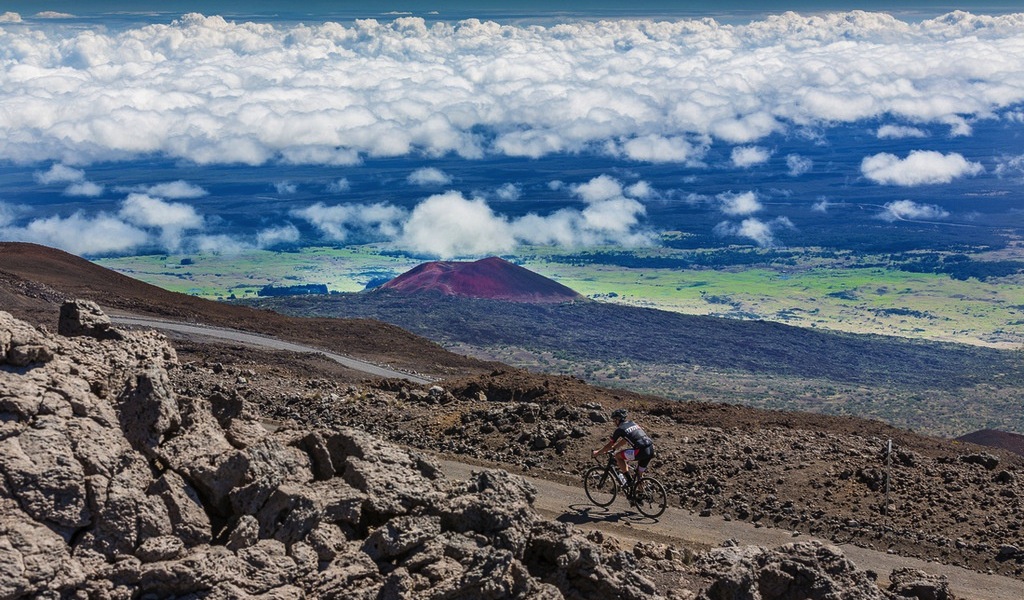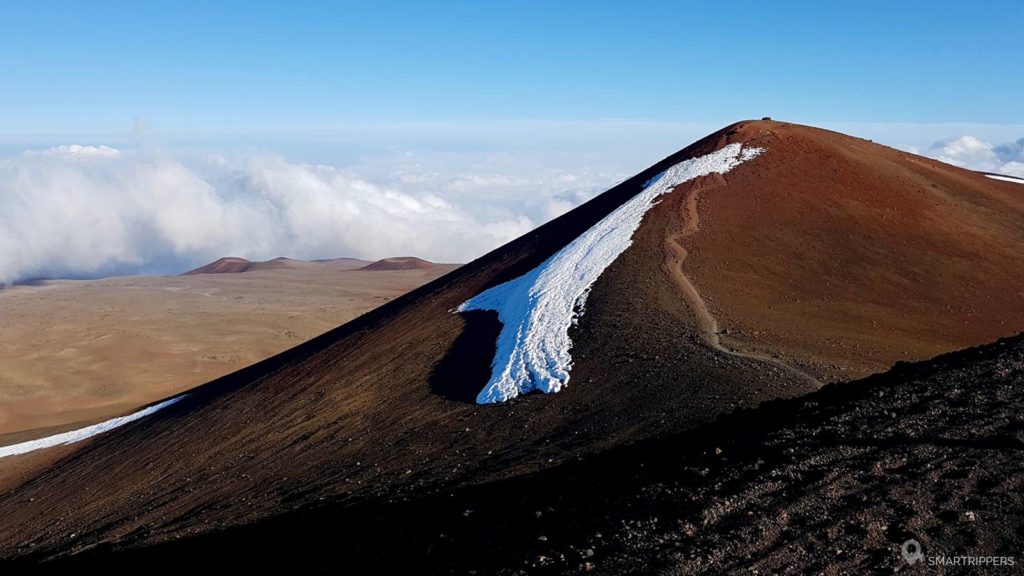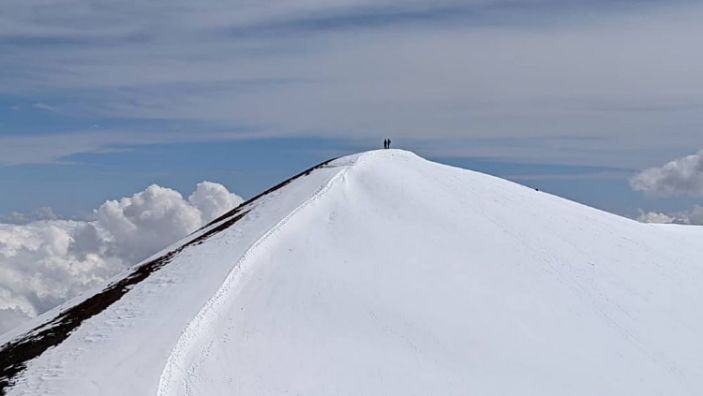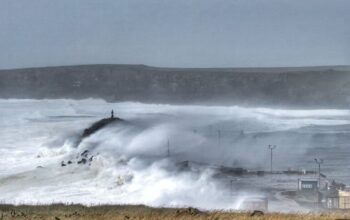The Hawaiian volcano- “Mauna Kea Ascent” involved a sub dive, kayaking, mountain biking and a six-mile climb. How did these adventurers do it?

The following written content by Michael Verdon
Some people are mountain climbers, others love diving deep into the ocean. Victor Vescovo is both. An investment fund manager who was also a Naval Reserve intelligence officer for 20 years, Vescovo has climbed the Seven Summits around the world, including Mt. Everest, and recently entered the Guinness Book of World Records for diving in a two-person submersible to the deepest parts of the ocean of all seven continents.

Last week, Vescovo and Dr. Clifford Kapono, set a new type of record for diving to the underwater base of Mauna Kea, the volcanic Hawaiian mountain, and then climbing to the summit. “The distance is greater than the height of Mount Everest,” says Vescovo, whose boat DSSV Pressure Drop and submersible, Limiting Factor, had been in Honolulu for five months, prepping for another diving expedition into the world’s deepest trenches in the Pacific. “I’d been thinking about this for a while and figured, why not do something nobody has ever tried before?”
The “Mauna Kea First Ascent,” as the challenge was called, involved diving 16,785 feet to the base of the dormant volcano, kayaking 27 miles in open ocean from the ship to land, bicycling for 37 miles up the mountain, and then climbing the remaining six miles to the summit. It sits at 13,803 feet. Kapono, with a PhD in marine pharmacology, is a native Hawaiian who was very comfortable in the water, but had never done any mountain climbing.
Advertisement
“It felt like a three-day beat-down,” Vescovo told Robb Report. “It was more than a 70-mile lateral trip, the equivalent of a tetrathalon.” The adventure first involved locating the base of the mountain offshore, which turned out to be more than 20 miles from land. Vescovo has taken Limiting Factor all over the world, including multiple dives of the Titanic and other deep wrecks, so that part of the trip wasn’t new for him. “But it was a brand-new experience for Cliff,” he says. “He had never seen the marine life and terrain. We also saw volcanic rock that was a million years old—something called pillow lava that looks like tubular layers.”
That portion was straightforward, but then came the kayaking. They had done a reconnaissance trip a few weeks earlier and decided that a three-man kayak would be the most efficient means of travel through the winds and swells. Kapono and the third man, Chad Cabral, were strong kayakers, but Vescovo found it a challenge. Read more from Robb Report.
Subscribe here







